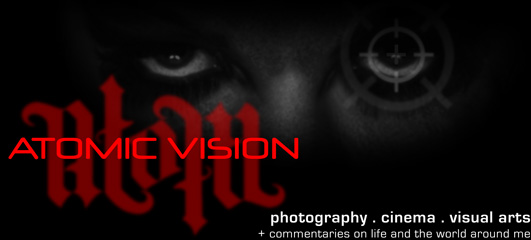I have not done a movie review in this blog for a long time and I am a little bit rusty... But I since I read the book before seeing the Movie, I thought it might be the perfect opportunity for me to restart.
Most are aware that "The Girl with a Dragon Tattoo" is a bestselling novel before it was adapted for the big screen. Legions of fans are also anxiously awaiting the screen versions of the second and third books in the series -- "The Girl Who Played with Fire" and "The Girl Who Kicked the Hornet's Nest." I am a little embarrassed to say that I am one of those fans. Ever since I finished the first book, I wanted more. I am now on the third book and I have to admit, a bit hesitant to finish it because it would be the end of a great adventure and the wonderful character of Lisbeth Salander.
Rooney Mara as Lisbeth Salander
Stieg Larsson, the Author of the Trilogy, was a controversial journalist and activist in Sweden. He was a pro-communist political activist who trained female guerillas in Africa early in his life; he was also a photographer for the Communist Worker's League; and he was the editor of extreme left-wing publications like the Swedish "Trotskyist" journal Fjärde internationalen and Swedish Expo Foundation's (established to counteract the growth of the extreme right and the white power-culture in schools and among young people) Expo Magazine. When he was not doing his day job, he did independent research on right-wing extremism in Sweden, which resulted in his first book Extremhögern (Extreme Right). Larsson was instrumental in documenting and exposing Swedish extreme right and racist organizations. He was also an influential public debater and lecturer on the subject, reportedly living for years under death threats from his political enemies. He died in 2004 from a heart attack, but there have been rumours that his death was in some way induced, because of the regular death threats he received as the editor of Expo. Like all good writers, his characters were sketched from real life and are slightly autobiographic -- Writer/Publisher Blomkvist and Researcher/hacker Salander.
After Larsson died, three unpublished manuscripts of three complete novels (written as a series) were discovered. The Salander Saga, published posthumously, has sold more than 65 million copies worldwide and have been made into movies (a Swedish version of the trilogy was made before Fincher's). He wrote the novels for his own pleasure and did not attempt to publish them before he died. Larsson actually had plans of writing more novels for the series beyond the three currently in print, because three quarters of a fourth novel was found in his a notebook computer, as well as synopses or manuscripts for the fifth and sixth books. But alas, he died before finishing any of them.
Daniel Craig as Mikael Blomkvist


















